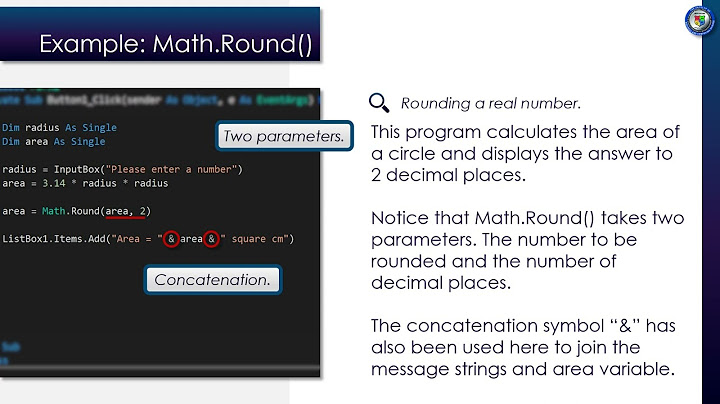I have a DataFrame in the form of this picture:df1 Show
I am trying to create a new column that would have a count of the times that each individual Administrative port showed in the dataset.df2 An idea I tried was to create a new DataFrame with each unique port as a row. Then iterate over each row and feed the value of each row into
marc_s 714k171 gold badges1315 silver badges1433 bronze badges asked Feb 24 at 15:33
 Use answered Feb 24 at 15:41
Data Analysis Data Wrangling Tutorial
In pandas, for a column in a DataFrame, we can use the value_counts() method to easily count the unique occurences of values. There's additional interesting analyis we can do with Import Module¶In [27]: import pandas as pd import seaborn as sns Get Titanic Dataset¶We'll use the titanic dataset included in the seaborn library. In [28]: df = sns.load_dataset('titanic') Below is a preview of the first few rows of the dataset. Each row includes details of a person who boarded the famous Titanic cruise ship. In this tutorial, we're just going to utilize the Out[29]:
Fun with value_counts()¶Here is the simple use of Out[30]: male 577 female 314 Name: sex, dtype: int64 Now, we want to do the same operation,
but this time sort our outputted values in the f is before m in the alphabet so we see female before male. In our In [31]: df['sex'].value_counts(ascending=True) Out[31]: female 314 male 577 Name: sex, dtype: int64 Often times, we want to know what percentage of the whole is for each value that appears in the column. For example, if we took the two counts above, 577 and 314 and we sum them up, we'd get 891. So, what percentage of people on the titanic were male. The calculation is 577/891 x 100 = 64.75%. To calculate this in pandas with the In [32]: df['sex'].value_counts(normalize=True)
Out[32]: male 0.647587 female 0.352413 Name: sex, dtype: float64 Before we try a new There's 891 values of fare data, a mean of 32 and a standard deviation of 49 which indicates a fairly wide spread of data. Out[33]: count 891.000000 mean 32.204208 std 49.693429 min 0.000000 25% 7.910400 50% 14.454200 75% 31.000000 max 512.329200 Name: fare, dtype: float64 Another interesting feature of the For each bin, the range of fare amounts in dollar values is the same. One contains fares from 73.19 to 146.38 which is a range of 73.19. Another bin contains fares from 146.38 to 73.19 which is also a range of 73.19. See how the ranges are same! However, inside each range of fare values can contain a different count of the number of tickets bought by passengers of the Titanic. We can see most people paid under 73.19 for their ticket. In [34]: df['fare'].value_counts(bins=7) Out[34]: (-0.513, 73.19] 789 (73.19, 146.38] 71 (146.38, 219.57] 15 (219.57, 292.76] 13 (439.139, 512.329] 3 (365.949, 439.139] 0 (292.76, 365.949] 0 Name: fare, dtype: int64 Which function returns the standard deviation of a population including logical values and text?P function. Calculates standard deviation based on the entire population given as arguments (ignores logical values and text). The standard deviation is a measure of how widely values are dispersed from the average value (the mean).
Which function would calculate a final value of an investment?FV, one of the financial functions, calculates the future value of an investment based on a constant interest rate. You can use FV with either periodic, constant payments, or a single lump sum payment. Use the Excel Formula Coach to find the future value of a series of payments.
Which function calculates the total of values in a range that meet a specified condition?The SUMIF function , also known as Excel conditional sum, is used to add up cell values based on a certain condition.
Which database function returns the lowest value from the data set based on your criteria?SQL MIN () function returns minimum or lowest value from specified expression. It ignores NULL values from columns.
|

zusammenhängende Posts
Werbung
NEUESTEN NACHRICHTEN
Werbung
Populer
Werbung

Urheberrechte © © 2024 berikutyang Inc.

















